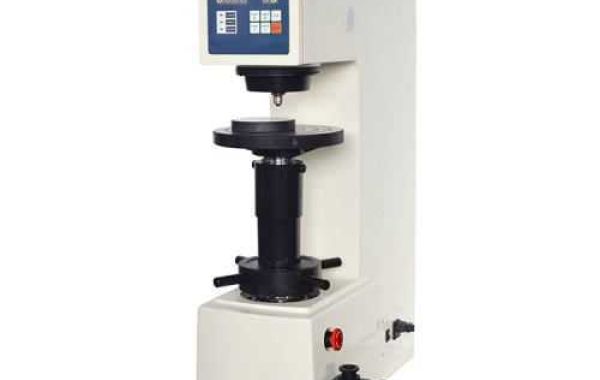Many materials can be tested with a Brinell Hardness Tester, although softer materials work best with it. Here is a breakdown of the types of materials that can be tested with a Brinell Hardness Tester:
Suitable Materials
- Ferrous metals: These consist of low-alloy steels, iron, steel, and cast iron.
- Non-ferrous metals: Lead, copper, brass, bronze, and aluminum are a few of these.
- Plastics: A Brinell Hardness Tester can be used to test a wide variety of plastics, such as ABS, nylon, acrylic, and PVC.
- Some ceramics: A Brinell Hardness Tester can be used to determine the hardness of some softer ceramics, including bone china and porcelain.
Materials to Avoid
- Very hard materials: Tungsten carbide, ceramics like alumina and zirconia, and extremely hard materials like hardened steel are not appropriate for use with the Brinell Hardness Tester. There's a chance that the indenter ball will distort, giving false readings.
- Materials with very high hardness gradients: Materials with extremely high hardness gradients, like case-hardened or nitrided steel, are not appropriate candidates for the Brinell Hardness Test. The size of the indentation won't accurately reflect the material's overall hardness.
- Very thin materials: Very thin materials should not be subjected to the Brinell Hardness Test because the material may be damaged by the size of the indentation.
- Materials with curved surfaces: Materials with curved surfaces should not be tested for Brinell Hardness because incomplete contact between the ball indenter and the material can result in readings that are not accurate.
Factors to Consider
- Hardness of the material: Materials with a Brinell Hardness Number (BHN) of less than 500 are the best candidates for the Brinell Hardness Test.
- Size and shape of the material: The material's size and shape should be sufficiently large to allow for the indentation size without causing any damage to the material.
- Surface condition of the material: The material's surface should be flawless and devoid of any imperfections that might compromise the test's accuracy.








